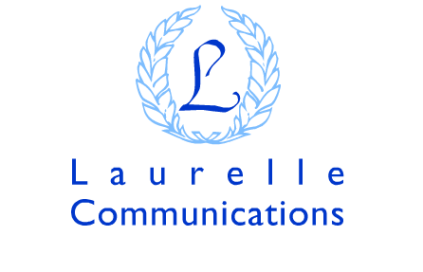Setting a Timeline
Being a reader of French novels, I have always appreciated the detailed timelines at the beginning books. They tend to lay out the notable historical events, publications, births, and deaths of individuals mentioned in the novel. Such a timeline provides the context necessary for the reader to envision the author’s created world.
Setting a timeline seemed arbitrary to me at first because I may not begin or end my novel specifically according to my original timeline. Nevertheless, setting a timeline has allowed me to do the necessary research. It has allowed me to figure out how to describe appropriate settings, clothing, vehicles, or meals. It has also helped me outline my story. Most importantly, it has helped me weave historical events into my characters’ lives.
Incorporating Historical Moments
Thinking about history is difficult, especially if you were not there. I have ended up delving into things I never imagined that I might have to consider. As I have been writing, I have wondered why English teachers never asked me to write down all the information I would need to write something authentic before I even started. It certainly would have prepared me better for writing something serious!
If you are writing about a time period you have lived through, it is a bit easier, but certainly not simple. It is astounding to me how poor my memory is of specifics, simply because the passing decades seem to meld in my mind. Daily activities and places morph into very different forms of everything we think we have “always done or always known” as the years pass by. Even the word “morph” did not exist in the time period I am writing about. “To morph” came later as a result of video technology.
Memories and Lacunae
When I sat down to work on a novel about the years I lived through in my 20’s, I started writing down my memories of the town where my story takes place. At some point, I joined a Facebook group that broadly addresses part of the same time period. Each time someone posts something about restaurants, bars, or activities in which they participated during those years, I find myself surprised, sometimes pleasantly because it helps me remember something specific that I could use in my story, sometimes with a sense of shock at my own lacunae.
Imagination and Accurate Depictions of Reality
If I were writing about a period that occurred before I was born, it would be even more difficult. If I wanted to be accurate about the obvious elements, such as location, weather, fauna, flora, temperatures, location, I would have to do thorough research just to set the scene. To describe my characters or put them in motion, I would have to depict their personalities using dress, footwear, or commonly used articles representative of the correct time period. Otherwise, my descriptions would not be accurate enough to help the reader envision the fictional reality I was trying to depict. If I were writing about something biographical or something fictional based on biographical knowledge, I would have to determine how to draw the line in the sand. Where does reality end? Where does fiction begin?
Writing Is About Learning
Trying to write a novel is teaching me much about what I don’t know. It is teaching me how much there is to learn to create living characters. It is teaching me to do a different kind of research. As a dear friend of mine told me recently, “Really? You are working on a novel? You will learn all kinds of things!”
Update on My Goal Setting:
- I have finished five months of writing accompanied by in-depth research. I have learned that this will be a constant process as I write.
- Since May 7, 2018, I have continued to make progress on my novel. On June 7th, my page counter should stand at 150. It reads 155 which pleases me because I was a bit behind last month.
- Today, June 7, 2018, I am posting my sixth blog. Blogging while I am working on a novel has been a useful tool to help me think about my own thinking. In educational parlance, this is called metacognitive work. It helps me sort through some of the problems I am encountering. For example, working on this blog made me realize that I needed to rework the outline for my novel so that the timeline is clearer. As I redrafted my outline, I clarified the dates my story will cover. I also increased my original number of chapters. And, I added a more specific chapter by chapter plan for the development of the main character and subordinate characters.
- Additionally, my writing network continues to grow. I attended Jody Rein’s workshop offered through the Boulder Writers’ Alliance, “Busting the 10 Biggest Traditional and Self-Publishing Myths. Jody recently published her fifth edition of How to Write a Book Proposal. She emphasized the need for aspiring authors to have a social media platform. I also enjoyed a workshop called “Write to Publish, Publish to Sell,” that Rick Killian presented for the BWA as well. Rick discussed what he calls his “marshmallow method” of writing. I look forward to Rick publishing a book with a similar title.
